Break In Spring With This Gardening Guide
Break In Spring With This Gardening Guide
Gardening is one of life’s most rewarding hobbies, offering fresh air, exercise, and the satisfaction of nurturing living plants. Whether you’re growing vibrant flowers, fresh herbs, or homegrown vegetables, a little knowledge goes a long way in creating a thriving garden. This gardening guide will help you cultivate a lush, healthy outdoor space while minimizing common frustrations.
1. Build Healthy Soil for Stronger Plants
Great gardens start from the ground up—literally. Soil quality directly impacts plant health, so it’s worth testing your soil’s pH and nutrient levels. Most plants thrive in slightly acidic to neutral soil (pH 6.0–7.0). If your soil is too sandy (draining too quickly) or too clay-heavy (retaining too much water), amend it with organic matter like compost, aged manure, or peat moss. Adding a 2–3 inch layer of compost each season improves soil structure, promotes beneficial microbes, and provides slow-release nutrients. Following this gardening guide ensures that your soil remains rich and supportive for plant growth.
2. Select Plants Suited to Your Environment
Choosing the right plants for your climate, sunlight, and soil type saves time and frustration. Native plants are ideal because they’re already adapted to local conditions and typically require less water and pest control. Before buying, check plant tags for sunlight requirements—full sun (6+ hours), partial shade (3–6 hours), or full shade (less than 3 hours). A well-planned gardening guide includes selecting plants that thrive in your specific conditions.

3. Water Efficiently for Healthier Growth
Proper watering is crucial—too much can drown roots, while too little stresses plants. Most vegetables and flowers prefer deep, infrequent watering (about 1–1.5 inches per week) rather than daily light sprinkles. Early morning is the best time to water, reducing evaporation and preventing fungal diseases. Drip irrigation or soaker hoses deliver water directly to roots with minimal waste. This gardening guide emphasizes efficient watering techniques to ensure strong, resilient plants.
Upgrade Your Watering Routine with a Retractable Hose Reel
A high-quality hose system makes watering effortless. The 50ft Retractable Garden Hose Reel eliminates tangled, kinked hoses with its smooth auto-rewind function. Simply pull the hose for extended reach, then give it a gentle tug to retract neatly. Installation is quick—just mount the durable casing (available in Grey, Black, or White) to a wall or post, connect your water source, and enjoy hassle-free watering. The reinforced 50ft or 100ft hose is kink-resistant, ensuring steady water flow for gardens of any size.
4. Mulch to Retain Moisture and Suppress Weeds
Mulching is a simple trick with big benefits. A 2–3 inch layer of organic mulch (wood chips, straw, or shredded leaves) helps soil retain moisture, regulates temperature, and blocks weeds. As it breaks down, it also enriches the soil. Avoid piling mulch against plant stems, which can trap moisture and lead to rot. Inorganic mulches like gravel work well in arid climates or for decorative areas. This gardening guide recommends mulching as a key strategy to keep your plants hydrated and healthy.
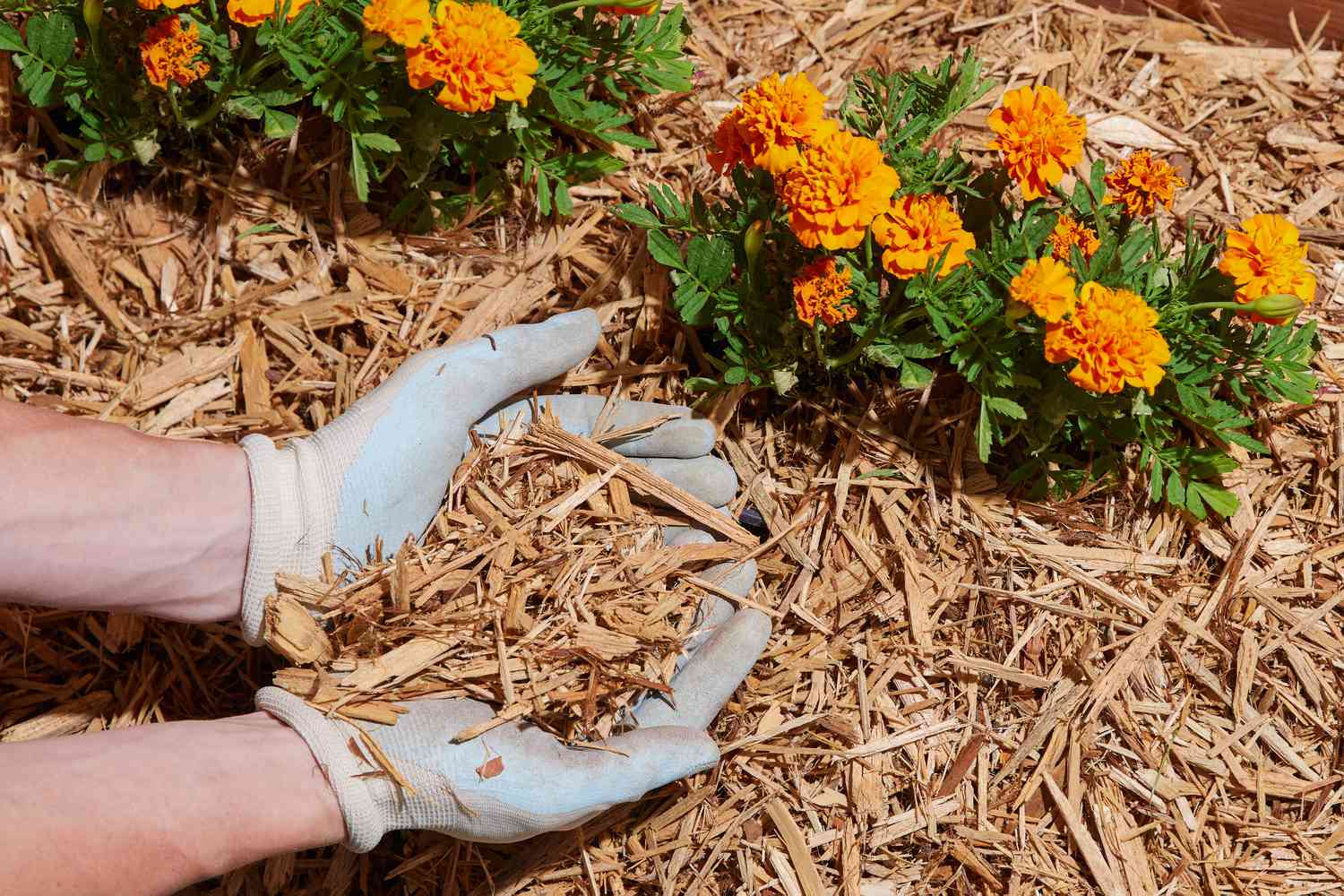
5. Prune for Better Growth and Airflow
Regular pruning keeps plants vigorous and productive. Remove dead, damaged, or diseased branches to prevent pest infestations and improve air circulation. For flowering shrubs, prune right after blooms fade to avoid cutting off next year’s buds. Always use sharp, clean tools to make clean cuts and reduce disease risk. Fruit trees benefit from annual pruning to encourage larger, healthier harvests. Following this gardening guide, you can ensure your plants remain strong and well-shaped.
6. Fertilize Smartly for Optimal Nutrition
Plants need nutrients, but more isn’t always better. Over-fertilizing can cause excessive leafy growth with fewer flowers or fruits. Organic options like compost, worm castings, or fish emulsion release nutrients slowly. For container plants, a balanced liquid fertilizer every few weeks works well. Always follow package instructions—some plants, like tomatoes, benefit from higher phosphorus (the middle number in N-P-K ratios) for better fruiting. Using this gardening guide, you can choose the right fertilization method for your plants’ needs.
7. Prevent Pests and Diseases Naturally
Healthy plants resist pests better, so focus on good soil, proper spacing, and adequate water. Encourage beneficial insects (ladybugs, lacewings) by planting flowers like marigolds or yarrow. For outbreaks, try neem oil, insecticidal soap, or homemade remedies like garlic spray. Remove diseased leaves immediately to prevent spread, and avoid overhead watering to reduce fungal risks. A thorough gardening guide will always include natural pest prevention techniques.
8. Rotate Crops to Maintain Soil Health
If you grow vegetables, avoid planting the same family (e.g., tomatoes, peppers, eggplants) in the same spot each year. Crop rotation prevents soil nutrient depletion and disrupts pest cycles. A simple 3–4 year rotation plan reduces disease buildup and improves yields. This gardening guide suggests rotating crops to maintain balanced soil and better harvests.
9. Try Companion Planting for Mutual Benefits
Some plants grow better together. Examples:
Companion planting is an excellent technique in any gardening guide to maximize plant health and productivity.
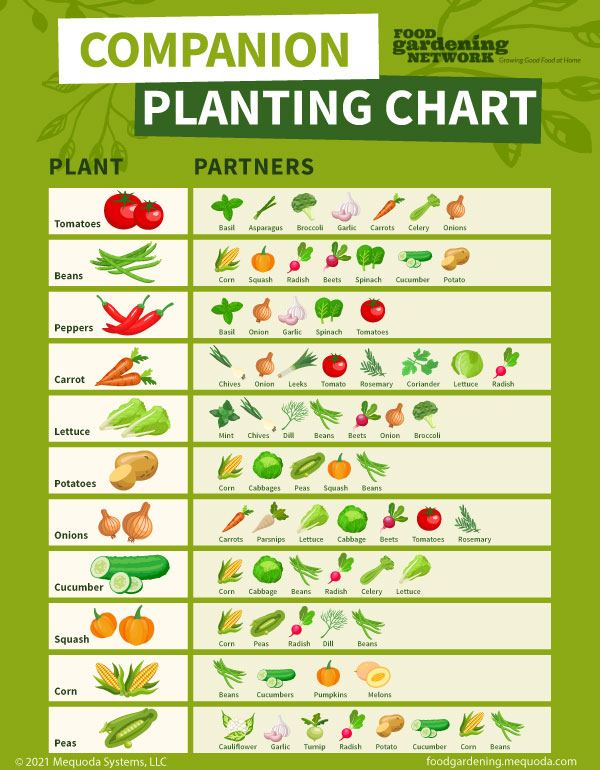
10. Stay Consistent with Small Tasks
A few minutes of daily maintenance prevents bigger problems. Pull weeds early, check for pests, and deadhead spent flowers to encourage new blooms. Keep tools organized—store hoses on a retractable reel, clean pruners after use, and sharpen blades seasonally. This gardening guide highlights that consistency in small tasks leads to long-term success.
Final Thoughts
Gardening is a journey of learning and patience. By following this gardening guide and focusing on soil health, smart watering, and proactive care, you’ll spend less time troubleshooting and more time enjoying your green oasis. With tools like the 50ft Retractable Garden Hose Reel, even routine tasks become effortless, leaving you free to relax among your thriving plants.
If you want to see more content like this one be sure to check out our Youtube
If you want to see more products like this one, be sure to check out our other Hose Reel Products.
If you like this blog be sure to check out our other blog on The Retractable Garden Hose Reel



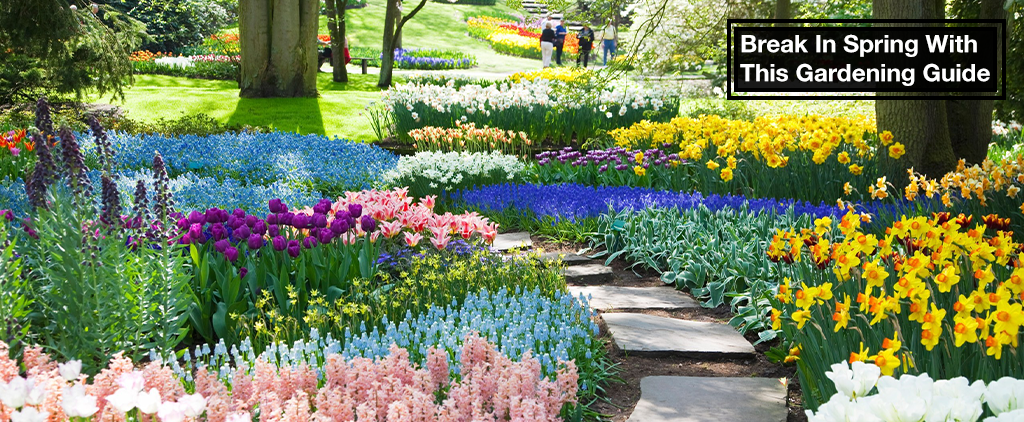
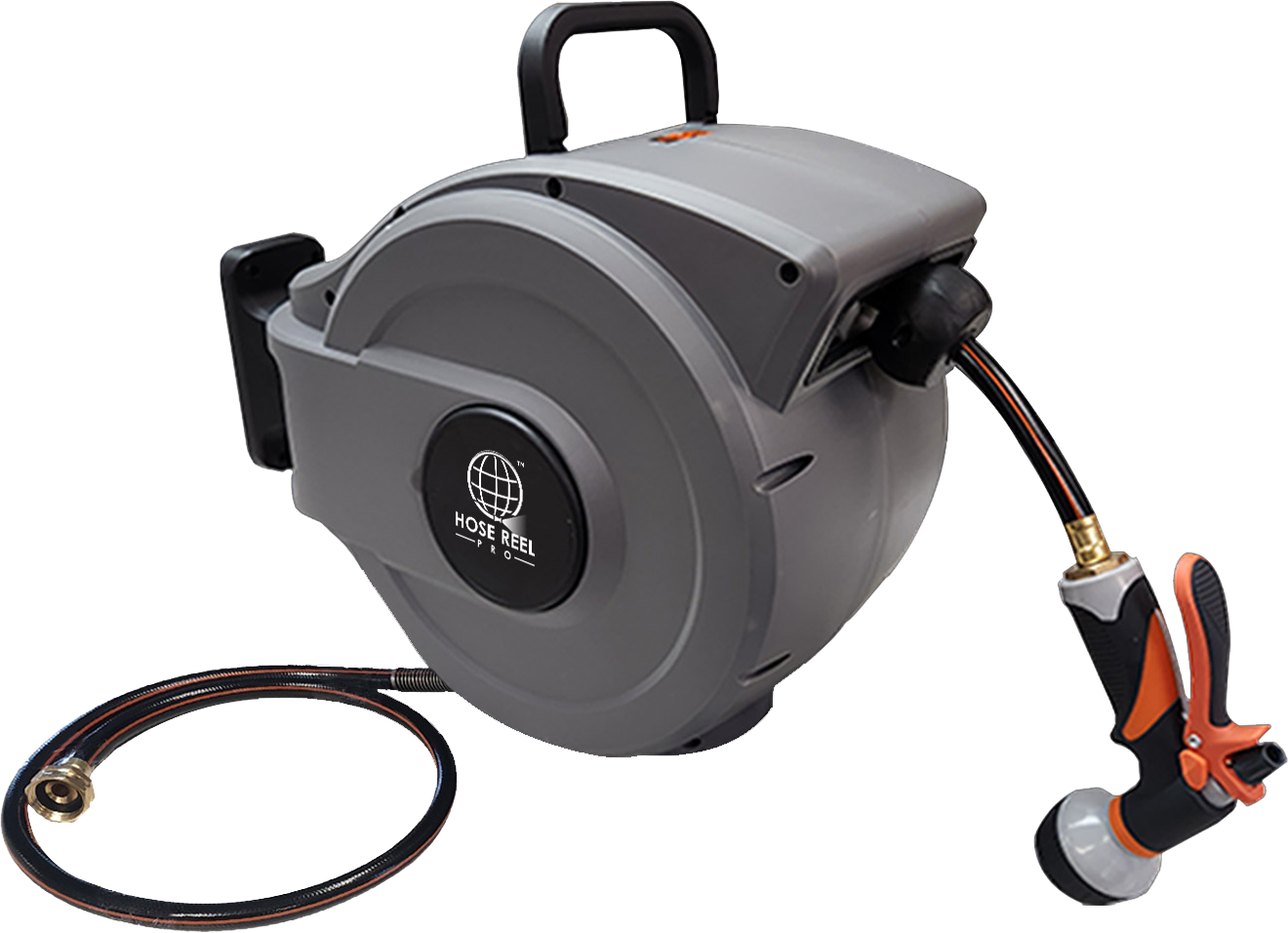
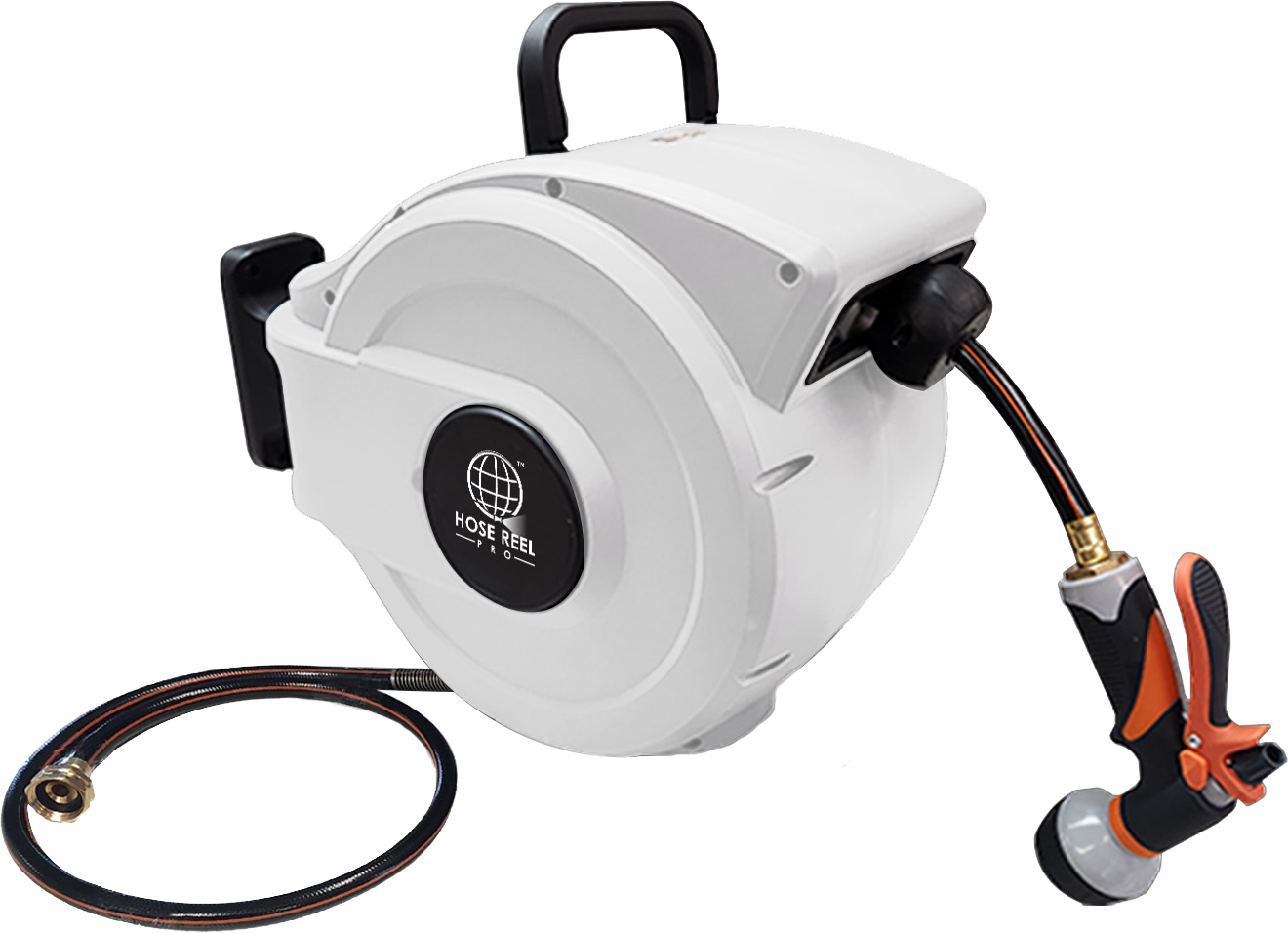
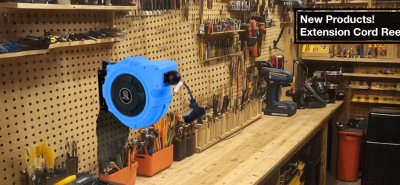
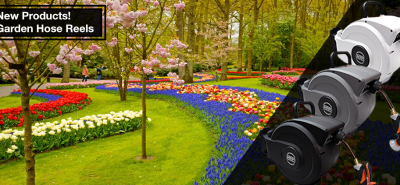
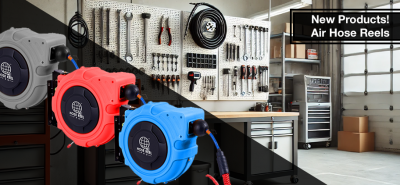

LEAVE A COMMENT